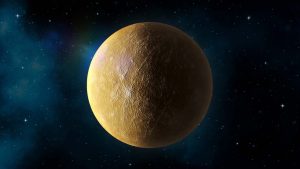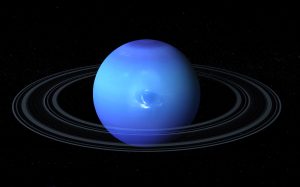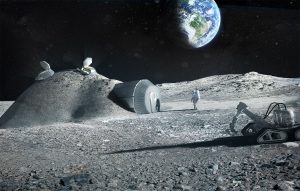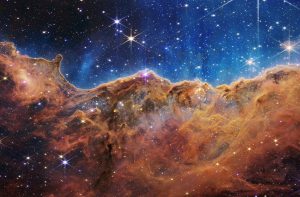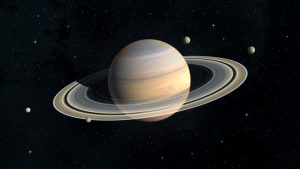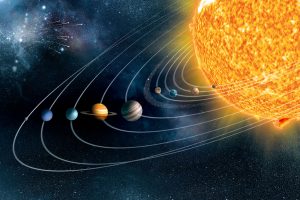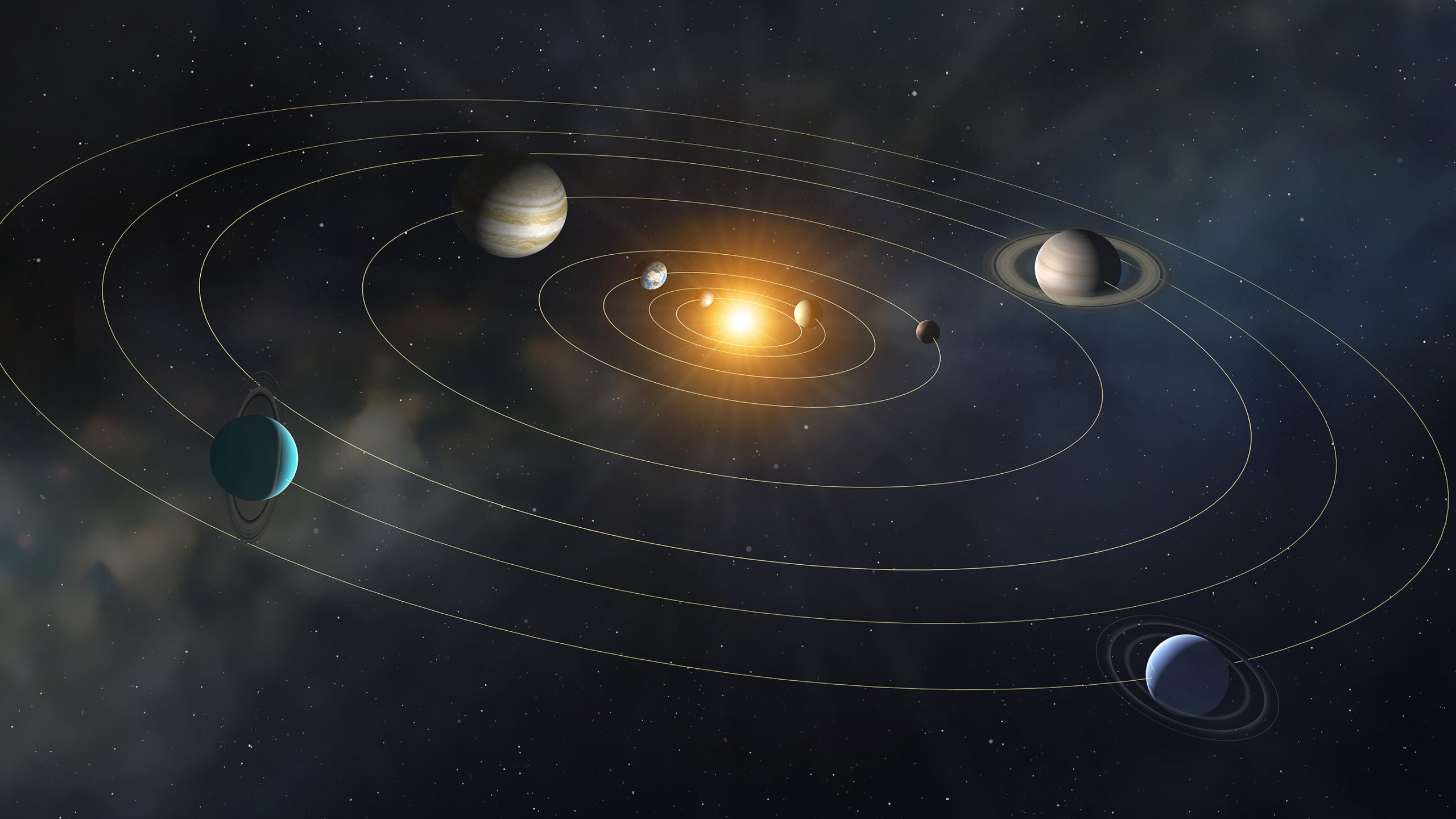
24 interesting facts about the Solar System
- 👁️ 1086
The Solar System is a magnificent and awe-inspiring creation, containing a variety of celestial bodies, including eight planets, dwarf planets, moons, asteroids, comets, and other cosmic debris. It’s vastness and complexity is unmatched and continues to intrigue astronomers and scientists. Here are some of the fascinating facts about the Solar System:
- The Solar System was formed approximately 4.6 billion years ago, and it is still in the process of formation.
- The sun, which is the center of the Solar System, is a massive star, making up over 99% of the total mass of the entire Solar System.
- The eight planets in the Solar System are Mercury, Venus, Earth, Mars, Jupiter, Saturn, Uranus, and Neptune.
- The largest planet in the Solar System is Jupiter, which is over 300 times the size of Earth.
- The smallest planet in the Solar System is Mercury, which is only slightly larger than Earth’s moon.
- The four inner planets (Mercury, Venus, Earth, and Mars) are known as the “terrestrial” planets and are composed primarily of rock and metal.
- The four outer planets (Jupiter, Saturn, Uranus, and Neptune) are known as the “gas giants” and are composed mostly of gas and ice.
- Saturn is the most recognizable planet in the Solar System due to its distinctive ring system.
- Uranus is the only planet in the Solar System that rotates on its side, with its poles lying almost in its orbital plane.
- Pluto, which was once considered the ninth planet, is now classified as a dwarf planet.
- The largest moon in the Solar System is Ganymede, a moon of Jupiter, which is larger than the planet Mercury.
- Earth is the only planet in the Solar System known to have life, with complex forms of life, including humans, animals, and plants.
- The asteroid belt, located between Mars and Jupiter, contains many small celestial bodies, including asteroids and comets.
- The largest comet in the Solar System is Halley’s Comet, which is estimated to be around 10 kilometers in diameter.
- A day on Venus, which is the second planet from the sun, is longer than a year on the planet, which is the second longest in the Solar System.
- A day on Mercury, which is the closest planet to the sun, is only slightly longer than 176 Earth days.
- The temperature on Venus is hot enough to melt lead, making it the hottest planet in the Solar System.
- The average temperature on Neptune, which is the furthest planet from the sun, is minus 200 degrees Celsius, making it the coldest planet in the Solar System.
- The Kuiper Belt, located beyond the orbit of Neptune, is home to many small, icy celestial bodies, including dwarf planets and comets.
- There are over 200 moons in the Solar System, many of which are larger than some of the smaller planets.
- The first mission to another planet was Mariner 2, which was sent to Venus in 1962.
- The first spacecraft to land on Mars was Viking 1 in 1976.
- The first human-made object to leave the Solar System was Voyager 1 in 1990.
- The International Space Station orbits the Earth and is the largest artificial satellite in the Solar System.

